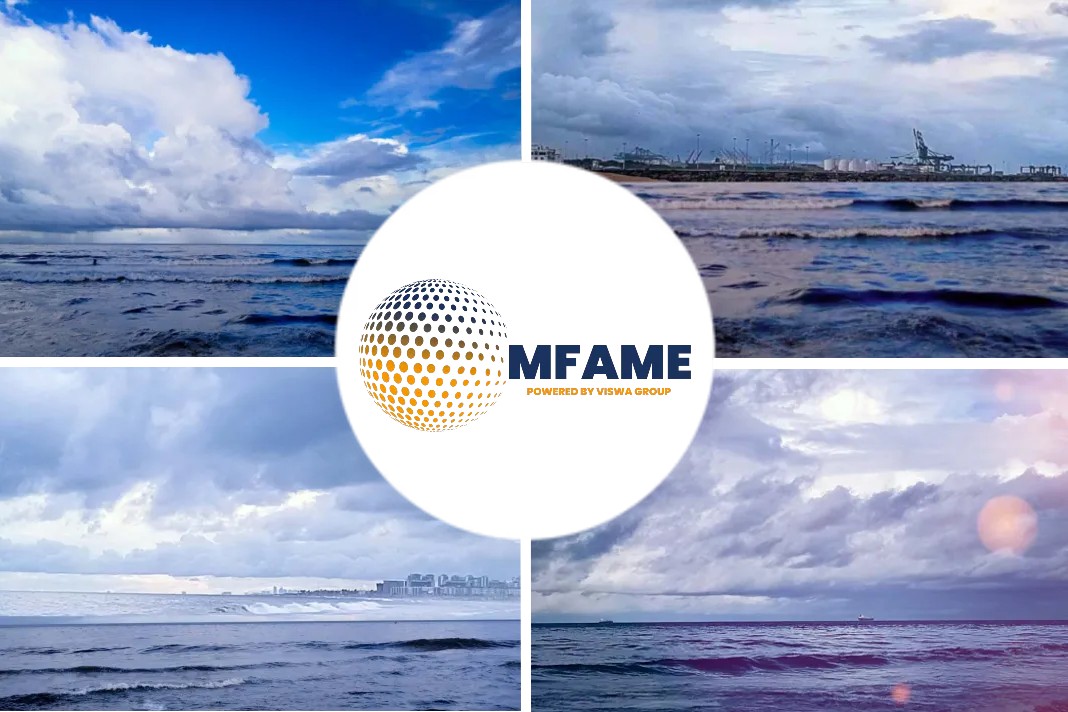 Hyundai Mipo Dockyard and its parent Korea Shipbuilding & Offshore Engineering (KSOE) have signed a joint development project with the American Bureau of Shipping (ABS) and Marshall Island Registry to develop liquefied CO₂ tankers, says as published in their website.
Hyundai Mipo Dockyard and its parent Korea Shipbuilding & Offshore Engineering (KSOE) have signed a joint development project with the American Bureau of Shipping (ABS) and Marshall Island Registry to develop liquefied CO₂ tankers, says as published in their website.
Liquefied CO₂ carrier
 KSOE plans to develop the cargo handling system (CHS) applying a new technology so that carbon dioxide is not discharged into the atmosphere during operation.
KSOE plans to develop the cargo handling system (CHS) applying a new technology so that carbon dioxide is not discharged into the atmosphere during operation.
The ships would be intended to liquefy carbon dioxide generated during industrial activities such as power plants and steel mills and transport them to storage facilities.
The carrier design will utilise adapted versions of HMD’s TYPE-C tank design to transport CO₂ which has been reduced in volume by about 600 times under liquefaction.
Why this project?
“Carbon capture and storage (CCS) has the potential to make a significant contribution to global emissions reduction strategies and safe and efficient transport of liquefied carbon is going to be key to realising these goals.
Development of these next generation CO₂ carrier designs will speed the adoption of CCS technology and facilitate net negative emissions strategies,” said Patrick Janssens, ABS vice president, global gas.
“Along with the development of ammonia-fuelled ships and a liquefied hydrogen carrier, HMD is going to raise its competitiveness through this joint development project for the liquefied CO₂ carrier in the shipbuilding field which is concentrating on the green growth market these days. It will make us a leader in the age of zero-carbon,” said Young-Jun Nam, HMD executive vice president.
IGC code
ABS and Marshall Island Registry would be in charge of verifying that the new liquefied CO₂ transport vessels are in line with the international regulations and the International Code of the Construction and Equipment of Ships Carrying Liquefied Gases in Bulk (IGC Code).
Conclusion
Technology for the collection and storage of carbon emissions is a cornerstone of carbon negative strategies, where an organization removes more CO₂ from the atmosphere than it emits.
Did you subscribe to our daily newsletter
It’s Free! Click here to subscribe!
Source: hmd.co





















